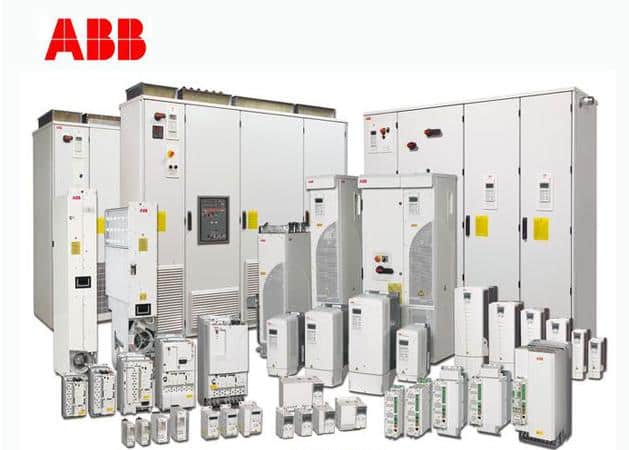How VFDs Impact HVAC System Efficiency

A variable frequency drive (VFD) controls an electric motor by varying its voltage and frequency. Also, a VFD can control the ramp-up and ramp-down of the motor during start or stop. Although the drive controls the frequency and voltage of the power supplied to the motor, we typically refer to this as speed control, since the result is a change in motor speed. A VFD allows you to use one motor for a wide variety of processes that may require different speeds.
Other names for a VFD include adjustable speed drive, adjustable frequency drive, variable-voltage drive, AC drive, Microdrive, inverter, and variable speed drive.
In a VFD, the fixed alternating current (AC) voltage and frequency are converted to direct current (DC) using a rectifier bridge, filtered using capacitors and inductors, and finally inverted back to AC and sent to the motor at the desired frequency. Basically, a VFD converts one voltage and frequency into another to change motor speed without losing torque.
A VFD is one of the most successful energy management tools ever applied to HVAC systems. In contrast to early generation drives, today’s drives can be used in virtually any HVAC application found in commercial and industrial buildings, regardless of the horsepower of the motor.
Building systems are sized to handle peak loads. These high loads occur between one and five percent of the total annual operating hours, meaning that pump and fan motors are operating longer than necessary 95 to 99 percent of the time. VFDs allow for these motors to operate at less than full load, resulting in huge energy savings. When the system load decreases, the VFD’s controller reduces the motor’s speed, so the system flow rate meets, but not exceeds, the load requirements.
Starting an induction motor can result in a high current that is three to ten times what it is at full load, causing stress to the windings of the motor and contributing to premature failure on motors that run frequently. VFDs, on the other hand, apply a very low frequency and low voltage to a motor when they are started. The frequency and voltage are gradually ramped up at a controlled rate to normal operating conditions, extending the motor’s life.
Buildings ranging from office towers to hospitals, schools to data centers, and across many applications – including air handlers, water pumps, cooling towers, and chillers – all use electric motors that benefit from VFDs. HVAC efficiency is directly related to operating costs and VFDs are the key to a high-performing building.
We are proud to represent ABB drives in the Carolinas, Virginia, and Tennessee. If you are interested in learning more about how a VFD can boost for HVAC system’s efficiency reach out to a salesperson today.
// about the author

 Laiken Kuykendall
Laiken Kuykendall
Laiken is the Digital Marketing Specialist for the Hoffman Family of Companies. She learns more about the commercial/industrial HVAC industry each day and enjoys sharing her best findings here!












